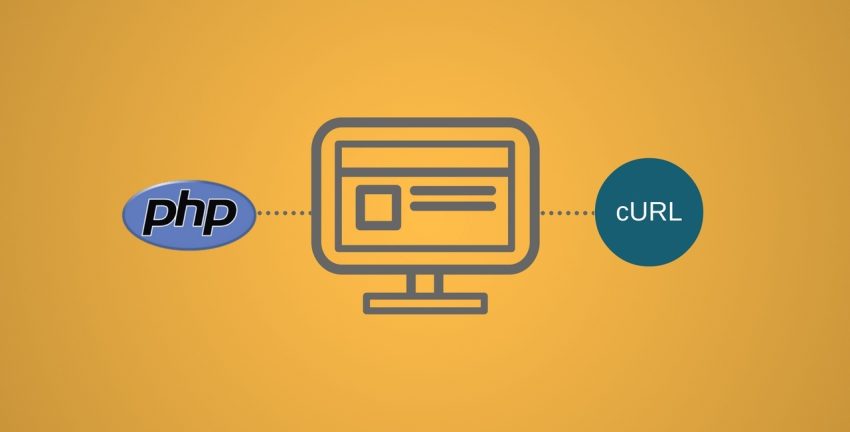In the world of web development, efficiency and speed are paramount. One of the key challenges developers face is making multiple HTTP requests simultaneously without sacrificing performance. This is where PHP Multi Curl comes into play. In this blog post, we will delve into the power of PHP Multi Curl and explore how it harnesses the asynchronous magic of curl_multi_init to optimize web applications.
I. Understanding cURL:
Before diving into PHP Multi Curl, it’s essential to have a solid understanding of cURL. cURL is a versatile library that allows developers to make HTTP requests and interact with various protocols. It provides a simple and efficient way to fetch data from remote servers, handle cookies, and perform other web-related tasks.
II. The Need for Asynchronous Requests:
In traditional PHP programming, making multiple HTTP requests can be a time-consuming process. Each request is executed sequentially, leading to significant delays when dealing with multiple resources. This is where asynchronous requests come into play. By executing multiple requests simultaneously, developers can drastically improve the performance of their applications.
III. Introducing PHP Multi Curl:
PHP Multi Curl is a powerful extension of the cURL library that enables developers to make multiple HTTP requests asynchronously. It leverages the curl_multi_init function to initialize a multi-handle, which can manage multiple cURL handles simultaneously. This allows developers to execute multiple requests in parallel, significantly reducing the overall execution time.
IV. Benefits of PHP Multi Curl:
Improved Performance: By executing multiple requests concurrently, PHP Multi Curl significantly improves the performance of web applications. This is especially beneficial when dealing with large datasets or when fetching data from multiple APIs.
Time Efficiency: With PHP Multi Curl, developers can save valuable time by eliminating the need to wait for each request to complete before initiating the next one. This asynchronous approach ensures that requests are processed simultaneously, resulting in faster response times.
Resource Optimization: PHP Multi Curl optimizes resource utilization by efficiently managing multiple cURL handles. It minimizes the memory footprint and reduces the strain on the server, making it an ideal choice for high-traffic websites.
V. Implementing PHP Multi Curl:
To implement PHP Multi Curl, developers need to follow a few simple steps:
Initialize a multi-handle using curl_multi_init.
Create individual cURL handles for each request and add them to the multi-handle using curl_multi_add_handle.
Execute the requests using curl_multi_exec.
Retrieve the responses using curl_multi_getcontent.
Clean up the handles and close the multi-handle using curl_multi_remove_handle and curl_multi_close.
VI. Best Practices and Considerations:
While PHP Multi Curl offers significant advantages, it’s essential to keep a few best practices and considerations in mind:
Error Handling: Proper error handling is crucial when dealing with asynchronous requests. Developers should implement error handling mechanisms to handle failed requests and ensure the application’s stability.
Throttling Requests: When making multiple requests simultaneously, it’s important to consider the server’s capacity and avoid overwhelming it. Implementing throttling mechanisms can help regulate the number of requests and prevent server overload.
Scalability: PHP Multi Curl is highly scalable and can handle a large number of concurrent requests. However, developers should consider the server’s resources and optimize the application’s architecture to ensure smooth performance.
VII. Conclusion:
PHP Multi Curl is a powerful tool that empowers developers to optimize the performance of their web applications by making multiple HTTP requests asynchronously. By leveraging the asynchronous magic of curl_multi_init, developers can significantly improve response times, enhance user experience, and optimize resource utilization. With its ease of implementation and numerous benefits, PHP Multi Curl is a must-have tool for any PHP developer looking to boost the efficiency of their applications. So, embrace the power of PHP Multi Curl and unlock the true potential of your web development projects.
In conclusion, PHP Multi Curl, with its asynchronous capabilities and the utilization of curl_multi_init, revolutionizes the way developers handle multiple HTTP requests. By implementing this powerful tool, developers can enhance the performance, efficiency, and scalability of their web applications. So, don’t miss out on the opportunity to harness the power of PHP Multi Curl and take your web development projects to new heights.
<?php
// Function to perform asynchronous cURL requests
function asyncCurlRequest($url)
{
$ch = curl_init();
curl_setopt($ch, CURLOPT_URL, $url);
curl_setopt($ch, CURLOPT_RETURNTRANSFER, 1);
// Additional cURL options can be set here
$result = curl_exec($ch);
curl_close($ch);
return $result;
}
// Array of URLs to be fetched asynchronously
$urls = [
'https://example.com/api/resource1',
'https://example.com/api/resource2',
'https://example.com/api/resource3',
// Add more URLs as needed
];
// Initialize multi-handle
$multiHandle = curl_multi_init();
// Array to store individual cURL handles
$handles = [];
// Add individual cURL handles to the multi-handle
foreach ($urls as $url) {
$handles[$url] = asyncCurlRequest($url);
}
// Process the responses
foreach ($handles as $url => $response) {
// Process the response as needed, for example, you can echo or log it
echo "Response from $url:\n$response\n";
}
// Note: The example assumes a simple processing of responses. You may need to modify this based on your specific use case.

